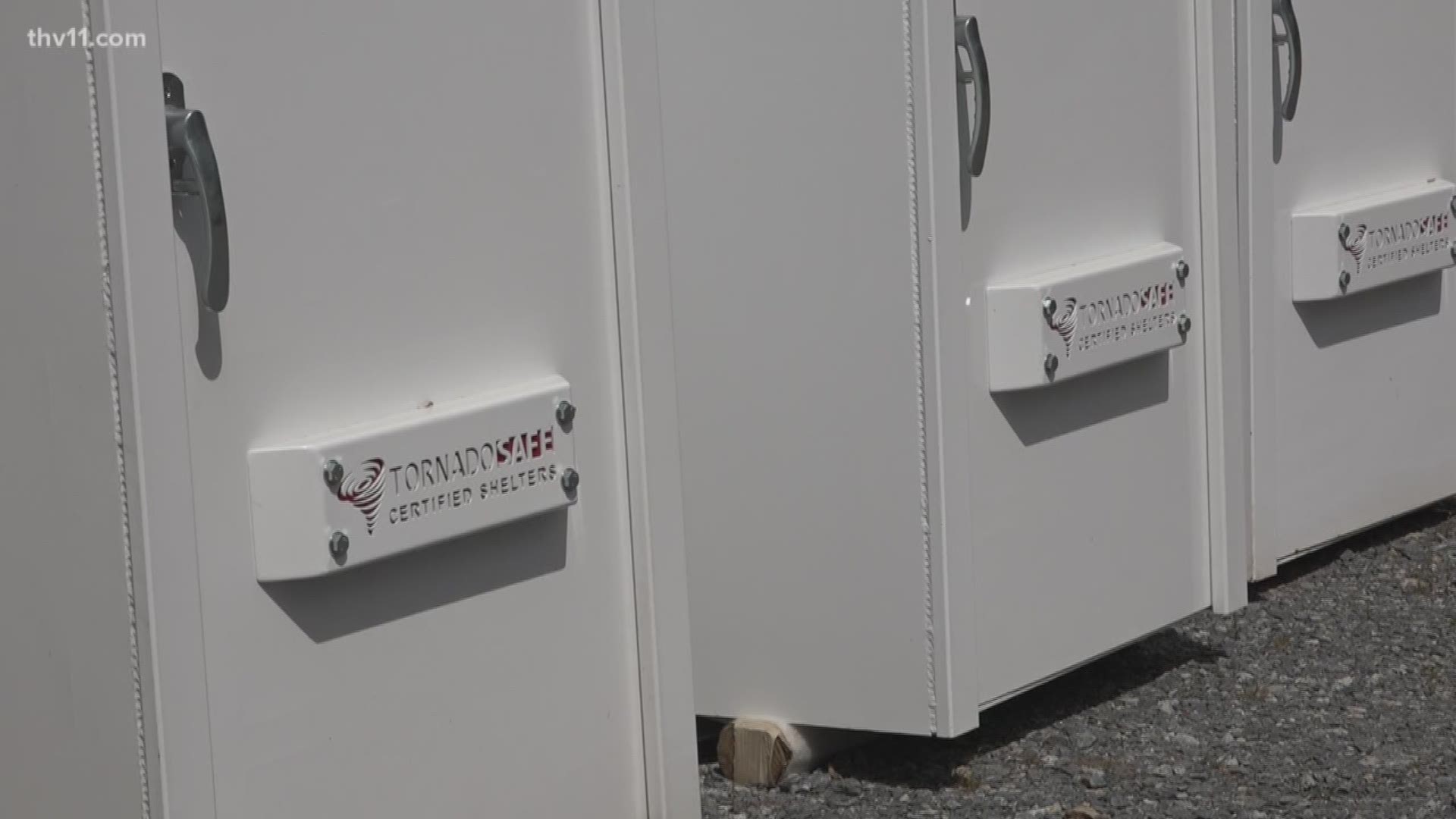LITTLE ROCK, Ark. (KTHV) - "11 News Investigates” has been following this story for years.
After an EF-4 tornado tore through central Arkansas four years ago, the first thing many homeowners did was install a storm shelter.
For years, Arkansans relied on rebates to cover the cost of those shelters. But, in 2016, that program ended because the demand was too high. Leaving a lot of people wondering if they can get help with their storm shelter.
For 17 years, the Arkansas Department of Emergency Management (ADEM) offered rebates to Arkansans who installed storm shelters. The program was so popular, ADEM set aside $1 million and eventually $2 million to distribute each year, giving each applicant around $1,000.
"Sometimes we will have a call a day about the rebate; if it's still active,” said Brandon Shaw, from Shelter Solutions of Arkansas. Adding they installed 60-80 shelters during the years the rebate was available. "For a lot of people, it was kind of the decision-maker, whether they got one or not."
In 2016, the program was shut down. Governor Hutchinson said then, it was because of its success.
The waiting list had grown to more than 1,800. That $2 million was instead allocated to rebated for community shelters.
"We've just shifted to more of a 'whole community' concept, having citizens of Arkansas take a look at what's going on in their communities,” explained Melody Daniel.
After those on the waiting list got their rebates, ADEM began using the $2 million for infrastructure projects like raising roads and repairing bridges. Federal funds, though, are still available, but for community use only.
That means local governments, state agencies, schools, and non-profits can apply for the rebate, but only if they have a FEMA approved hazard mitigation plan.
The personal shelters are always an option, but it's going to cost you.
"A lot of times it is just safer and so much more convenient to have a shelter in your own home versus having to go two miles away sometimes to a community shelter,” Bradshaw said.
Daniel says it's best not to rely fully on shelters, but to have a lot of tools in your tool belt.
"Doing tornado drills. Do you think you have enough time to get to the shelter or not? Testing it both ways. Identifying somewhere along the way where you could stop that is safe," she said.
ADEM also suggests you reach out to your local OEM office and find out where the local community shelters are, their hours, and what you're allowed to bring to them.

